Expert interpretation: How to appreciate the cross-cultural exhibition "Pure Elegance of Eastern Aesthetics"?
日期:03-01-2024Expert interpretation: How to appreciate the cross-cultural exhibition "Pure Elegance of Eastern Aesthetics"?
“Pure Elegance of Eastern Aesthetics――Highlights from the Japanese Collection of the ROYAL ONTARIO MUSEUM” attracts many audience that love art. Expert has an interpretation about how to appreciate the exhibition.
Shen Chen, Chief Curator/Researcher of Art and Culture at the Royal Ontario Museum in Canada and Professor of East Asian Studies at the University of Toronto, delivered a wonderful lecture on the theme of "Appreciation of cross cultural art exhibitions and their realistic significance" to the audience.
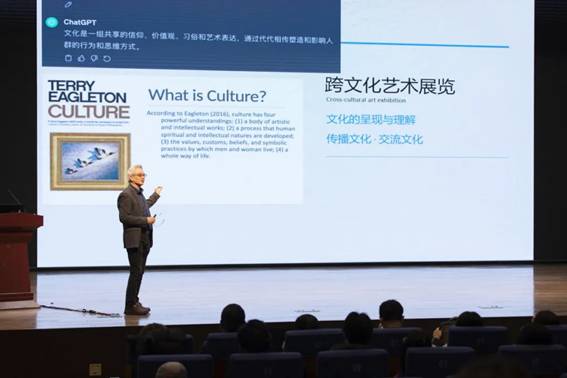
The content of the lecture is not limited to the exhibition itself, but also focuses on the full perspective of "cross-cultural art exhibitions". Professor Shen not only brings us knowledge-based knowledge, but also a new perspective and cutting-edge thinking for appreciating and understanding cross-cultural art exhibitions.
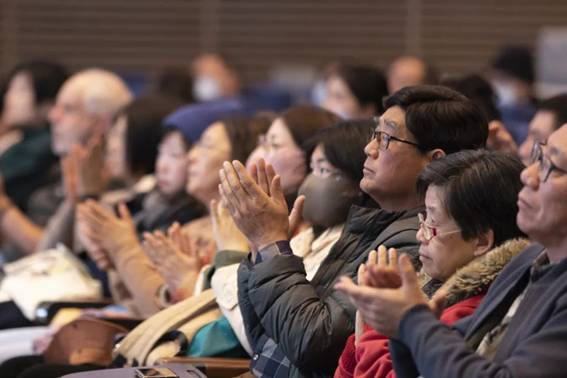
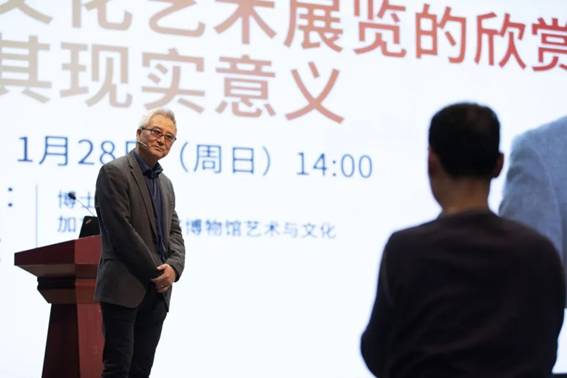
Intercultural Art
Appreciation of cross-cultural art exhibitions and their practical significance
Cross cultural exhibitions can be understood as art exhibitions presented in museums across different geographical and cultural spaces through international cooperation among multiple countries. The goal of cross-cultural exhibitions is to shape the national image, promote cultural interaction, and achieve cultural contact, understanding, and resonance.
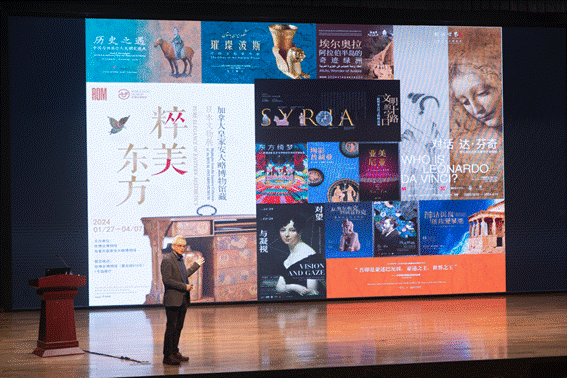
There are many forms of cross-cultural exhibitions which cannot be generalized. However, according to the goal of cross-cultural communication of museums, they can be divided into two types: the first is that the culture of one country is presented in the museums of another country, such as the Forbidden City in Beijing, Terra Cotta Warriors, Sanxingdui and other exhibitions in different countries, including Japanese cultural relics displayed in Shanghai.

Through such exhibitions, we can see the process of shaping cultural images - the images of different cultures are dynamically constructed in countless exhibitions, and the role of museums is to interpret different aspects of a culture through different types of exhibitions, thereby updating other people's dynamic understanding of that culture. The second type is based on a universal issue, showcasing attitudes from different cultures in the same exhibition. The core of this type of exhibition is to strengthen cultural exchange and communication.
"We do not emphasize our own differences, we aim to find resonance within culture."
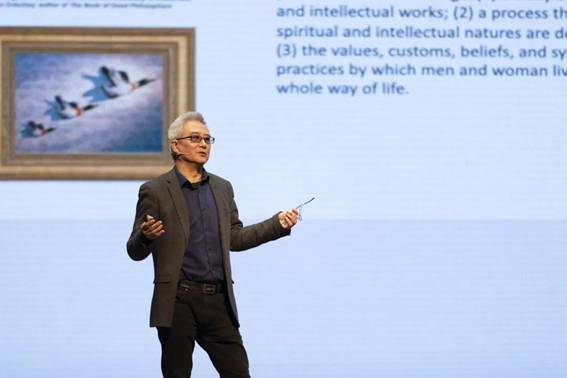
As a country with a civilization of five thousand years, almost all Chinese people have a strong confidence in our culture, which is very necessary and beyond doubt.
So why do we still appreciate collections from other countries from museums across the ocean in our own country? What kind of mentality and purpose should museums and audiences hold to delve deeper into these cultural relics? Professor Shen Chen provided his insights.
Cross cultural art exhibitions are not limited to the artistic appreciation of cultural relics, nor to the understanding and appreciation of exotic cultures; But rather experiencing different feelings, communicating and sharing one's thoughts during the visit, understanding the emotions and experiences of audiences from different cultural backgrounds, and thus establishing cultural interaction.
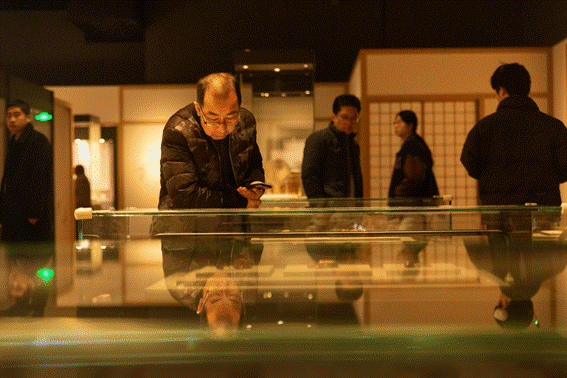
Imagine, in the international metropolis of Shanghai, in the World Expo museum of international museums, a Chinese audience, a Canadian audience, a Japanese audience, and an audience from other countries and regions will have their own different concerns, interests, and hobbies when attending exhibitions, and will have different questions. If they can share and understand each other together, it is not just about understanding different cultures, but also about building friendships and relationships between them.
As far as the audience is concerned, appreciating cross-cultural exhibitions is based on their personal lives, finding familiar connections in different cultures, and shaping resonance in their experiences.
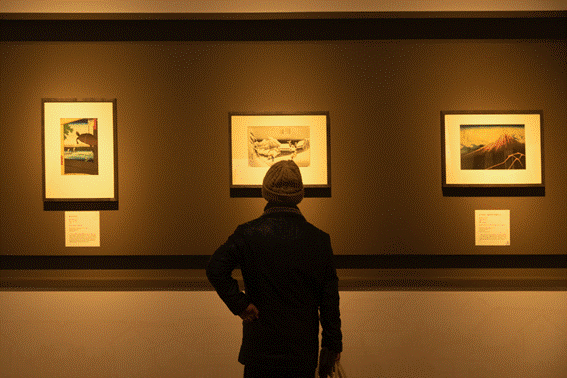
This requires us to set aside all existing knowledge and biases, and experience the object standing in front of us. What do you see from it? What feeling does it bring you? What do you remember? What triggered it? Then search for answers based on your interests.
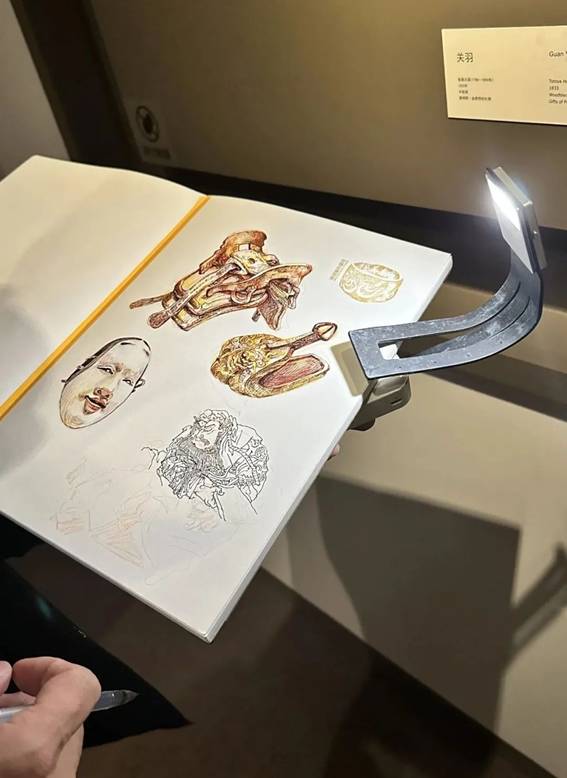
By putting aside all existing knowledge and distractions, immersing oneself in the museum, experiencing and interacting with objects with one's whole body, asking questions with one's eyes, thinking with one's mind and body, and asking questions that interest oneself. Museums are not like textbooks, they do not need to provide the audience with unique knowledge and skills. They encourage the audience to find their own personalized experiences in the encounter with objects, thereby producing their own interpretation of meaning.
"Appreciating a cross-cultural exhibition should not only focus on cultural relics, but also consider the lighting tones and background colors used by the curators of the World Expo Museum. How to use symmetrical angles in a certain area and intersecting angles in a certain place are all aspects of appreciating cross-cultural perspectives, understanding and appreciating."
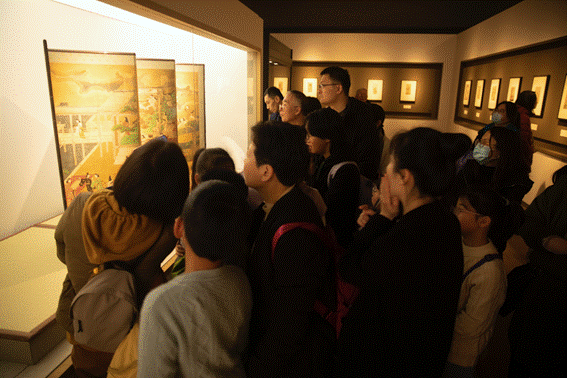
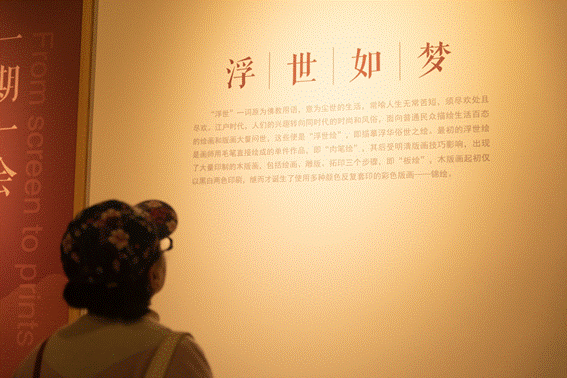
From Canada to Shanghai, from artifacts and paintings to Zen aesthetics The uniqueness of this " Pure Elegance of Eastern Aesthetics――Highlights from the Japanese Collection of the ROYAL ONTARIO MUSEUM " is waiting for everyone to slowly explore.
As Professor Shen Chen said:
"This exhibition is a true cross-cultural exhibition, and through the cultural relics exhibited in collaboration with the Royal Ontario Museum in Canada, we will not be surprised to see the fusion and condensation of Eastern aesthetics. Different lands under the same sky ―― this is the charm of the Eastern aesthetics."
Photography: Yuan Ji